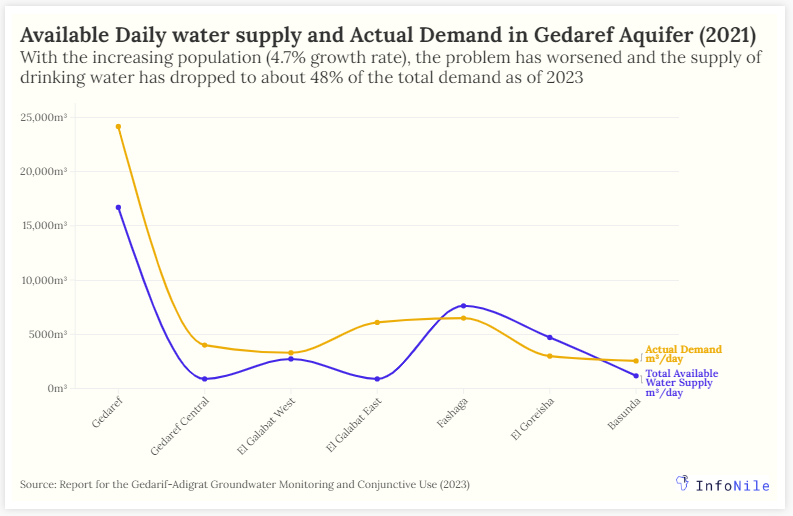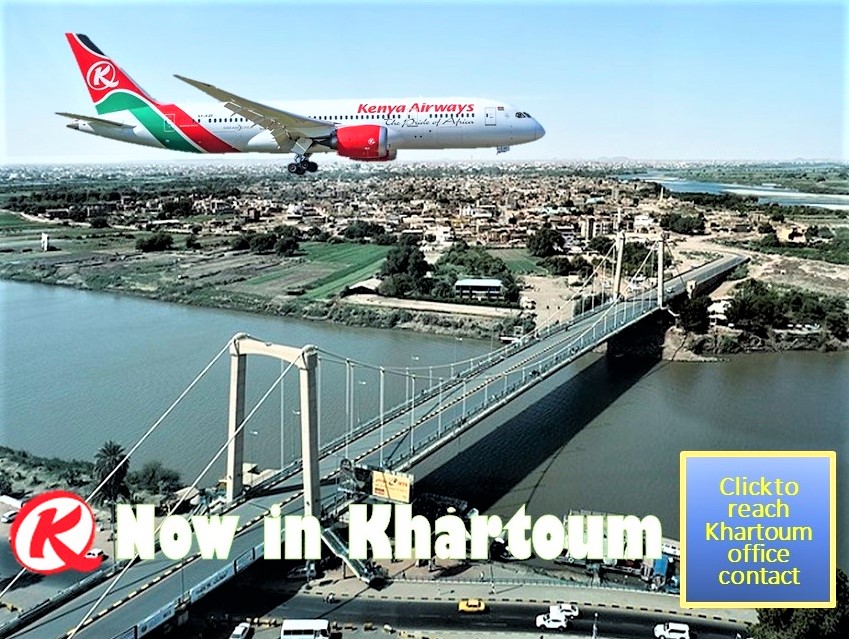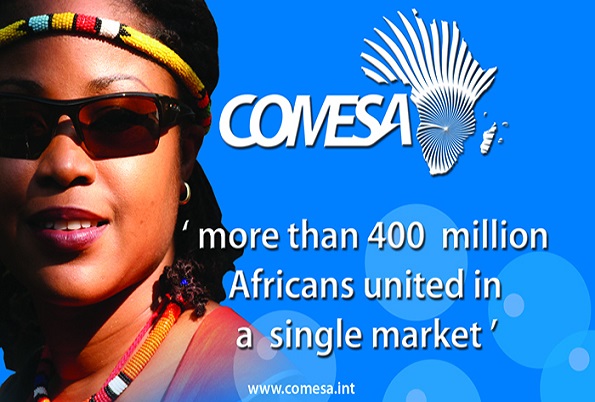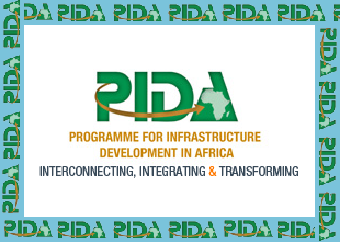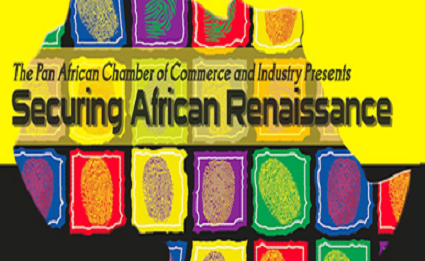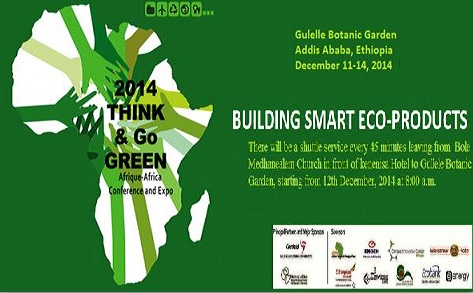Gedaref: Where Abundance of Water, Displacement, and Thirst All Meet
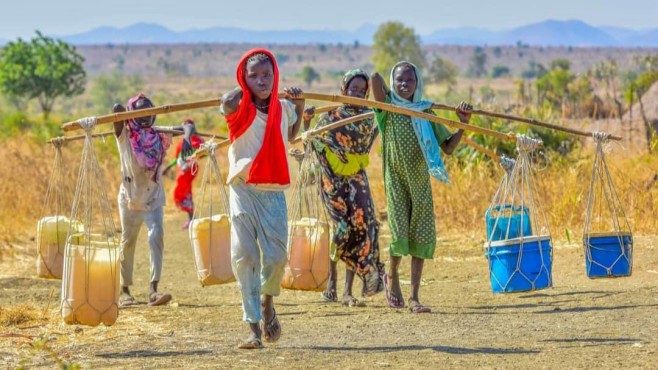
Caption: Daily routine for young girls, bringing water from wells to avoid paying the cost of buying water – Photos: MC
Mekki ELMOGRABI – Sudan
The number of refugees and Internally Displaced Persons (IDPs) constitutes approximately 25% of the total population of Gedaref state. Latest figures by the Sudan government indicate that Gedaref has 2.2 million people.
Gedaref State is in the eastern part of Sudan sharing an international border with Ethiopia to the east. The state is characterized by vast agricultural land and large scale rainfed agriculture activities.
UN and international agencies estimate the number of refugees in Gedaref at 115,000 but this figure was before Ethiopia’s Tigray war. It is estimated that this conflict led to an increase of refugees by around 50,000 people. Also, it is estimated that the ongoing conflict in Khartoum which started in April 2023, has led to about 280,000 IDPs in the area.
This surge in population has increased the need for water. The displaced people are concentrated in the cities and surrounding belts, and in the border camps; areas already suffering from a shortage of drinking water, and the situation worsens every day as waves of displacement continue.
Dataviz:Available Daily water supply and Actual Demand in Gedaref Aquifer (2021)
This presents a complex situation which security experts like Abdel Samie Dafallah says the solution starts with managing water resources. “One of Africa’s biggest problems is that the conflict over natural resources leads to tensions between and within countries, and then the tension leads to war, displacement, and this again leads to a crisis in natural resources through unjust exploitation, especially water,” he explains.
According to Dafallah, Gedaref is experiencing the seasonal drying up of wells in some areas despite the availability of rainwater in others and he attributes this to lack of water harvest projects that help refill the water aquifers.”
Click: Dataviz: Available Daily water supply and Actual Demand in Gedaref Aquifer (2021)
Um Al-Hassan, who was displaced from Khartoum with her three children because of the war, says: “We found people suffering for water and joined them in their scarce resources, and sometimes we walk for two hours to get drinking water.
All hope is not lost, however. “Currently things have improved slightly because water tanks are coming to the area. People from Sudan and Ethiopia share the available water,” Um Al-Hassan adds.
Eastern Sudan consists of three states: Gedaref, Kassala and the Red Sea, all of which witness clashes over water, especially between herders and farmers in the dry season, but Gedaref’s situation is even worse due to waves of refugees and IDPs.
Analysts contend that if there is no cooperation in developing water resources, conflict and displacement will continue, and the vicious cycle of “thirst, conflict and displacement” will never end.
NBI Intervention Provides Lifeline
Cooperation between Sudan and Ethiopia is taking shape with the ‘Gedaref – Adigrat Aquifer Project’ a ‘shining light at the end of the tunnel’. This was launched by the Nile Basin Initiative (NBI) and is premised on joint Sudanese-Ethiopian management.
Eng. Othman Mustafa- the Executive Director of the Sudanese Ministry of Irrigation and Water Resources says that Sudan has high expectations for the project. He explains that the project will provide stable water sources for integrated development for the people on both sides of the borders.
Apart from water, he is optimistic that this project will also improve cooperation between the two countries, establish joint networks for monitoring water, evaluating water resources and involving stakeholders in the implementation and monitoring of the project.
Security expert Abdel Samie, who previously served as commissioner of Al-Fashaqa, a border province – which witnessed war for a time – says cooperation is the solution because water shortages and conflicts in one country cannot stop if they continue in the neighboring country.
“There is practically no difference between an internal conflict and a cross-border conflict, because the outbreak of a conflict over water or land means the spread of weapons from which the circle of fire expands,” Abdel Samie said.
According to Mustafa, there is some unique aspect about this project. “I had the honor to participate in the development of the basic documents on behalf of Sudan, and what is really nice about the project is it emphasizes the role of women, because they are the primary users of water,” says Mustafa.
According to NBI, the Gedaref-Adigrat Aquifer is shared by Ethiopia and The Sudan and extends over 52 square Kilometres; with 27 in Ethiopia and 24 square kilometers in the Sudan. The Gedaref-Adigrat aquifer is one of the three transboundary aquifers selected as a case study under the Nile Basin Initiative (NBI)’s Groundwater Project that seeks to enhance conjunctive management of surface water and groundwater resources in selected transboundary aquifers.
The other selected transboundary projects are Kagera which covers Burundi, Rwanda, Tanzania and Uganda; Mt Elgon Aquifer that benefits Kenya and Uganda.
NBI’s emphasis on this project is premised on the fact that like is the situation elsewhere, groundwater is a vital resource in the Nile Basin with about 70% of the rural population depending on it for not only domestic use but also livestock watering. “There is also increasing use of groundwater for economic activities such as irrigation, mining and industries. With a rapidly growing demand for surface water, which will soon outstrip supply, groundwater holds the promise of bridging the gap between water supply and demand and in buffering the effects of climate change and variability,” NBI elaborates.
The NBI project fact sheet stated that one of the barriers to effective utilization and protection to be addressed by the project is the “Policy differences between Ethiopia and The Sudan”. However, it is envisaged that this will be solved through cooperation and dialogue.
Gedaref local authorities say that water harvesting projects are desperately needed not only for water and agriculture, but also to improve the health situation. “The area is full of ponds and stagnant water, which leads to the proliferation of mosquitoes and worsens pollution. This causes diseases and currently a large part of the budget goes to cleaning and spraying water ponds around cities and villages,” the residents observe.
It is envisaged that this project will contribute to realization of Ethiopia’s five-year development strategic plan (GTP III) which among others emphasizes the expansion of groundwater irrigation and improvement of drinking water supplies. For The Sudan, the project is supportive of the Sudan Water Policy and Agriculture and Food Security Plan.
Mekki Elmograbi is a Press writer on African affairs, could be reached via email elmograbi@gmail.com and WhatsApp +249912139350
This article was supported by InfoNile with funding from Nile Basin Initiative.

